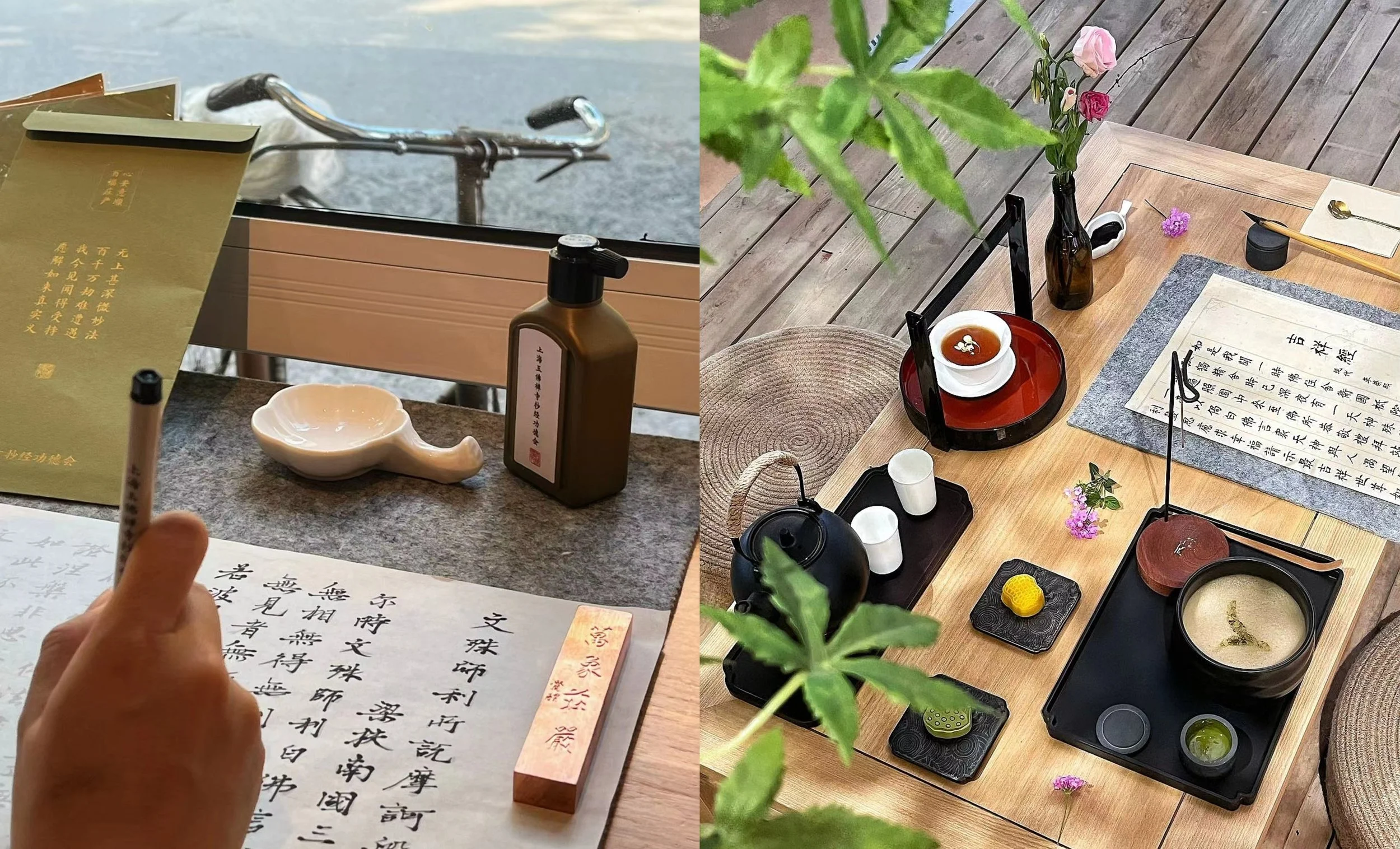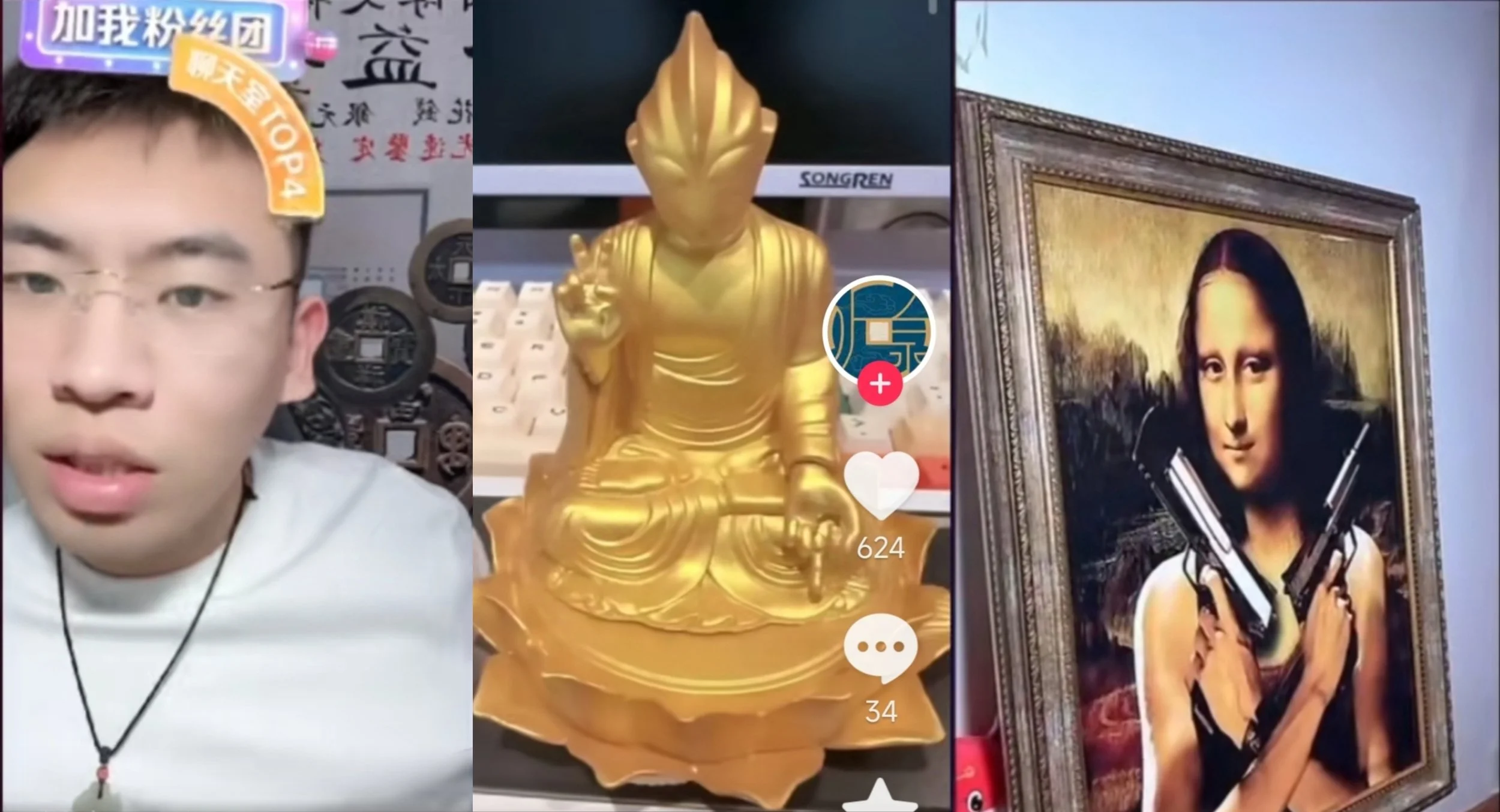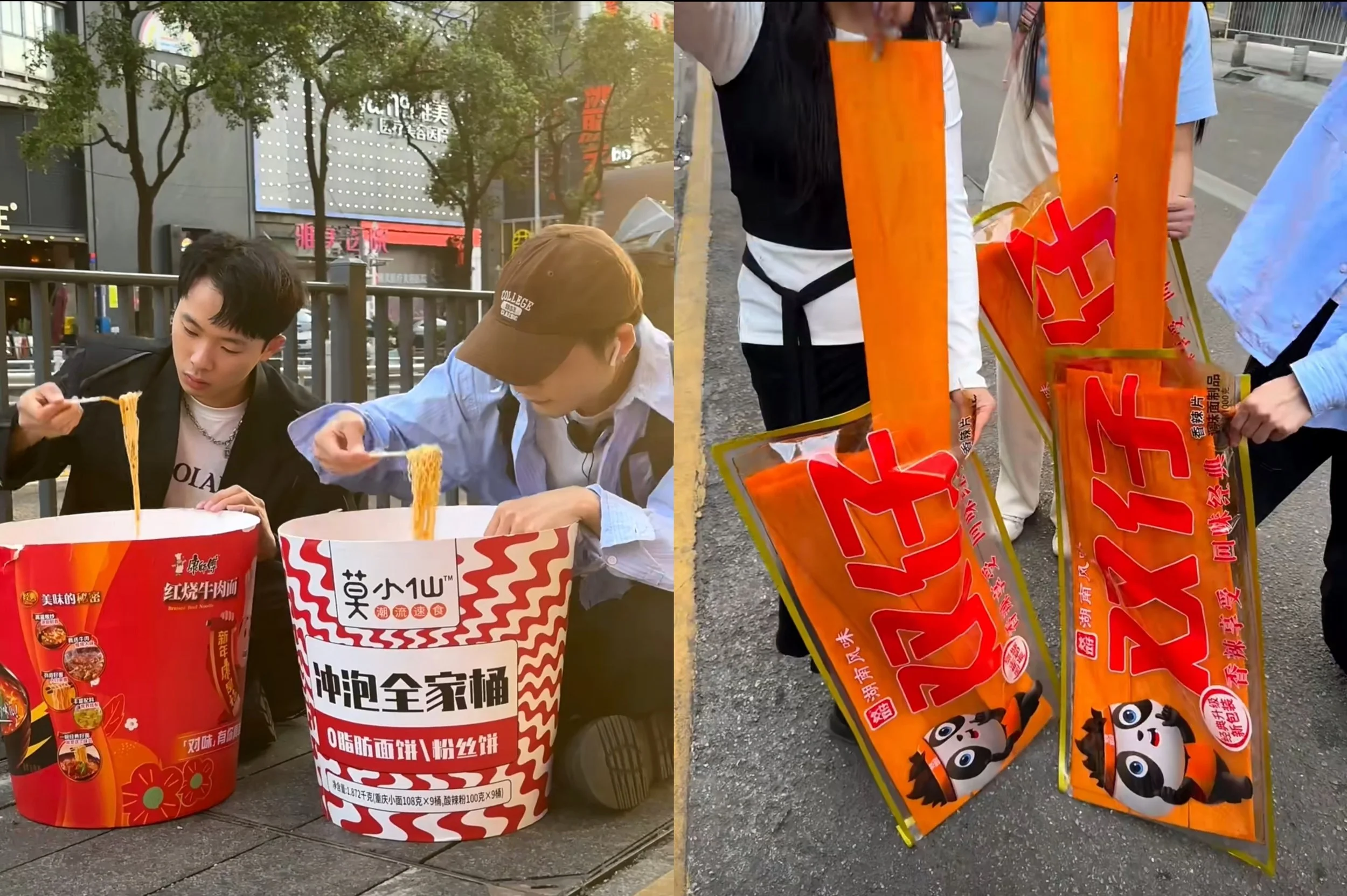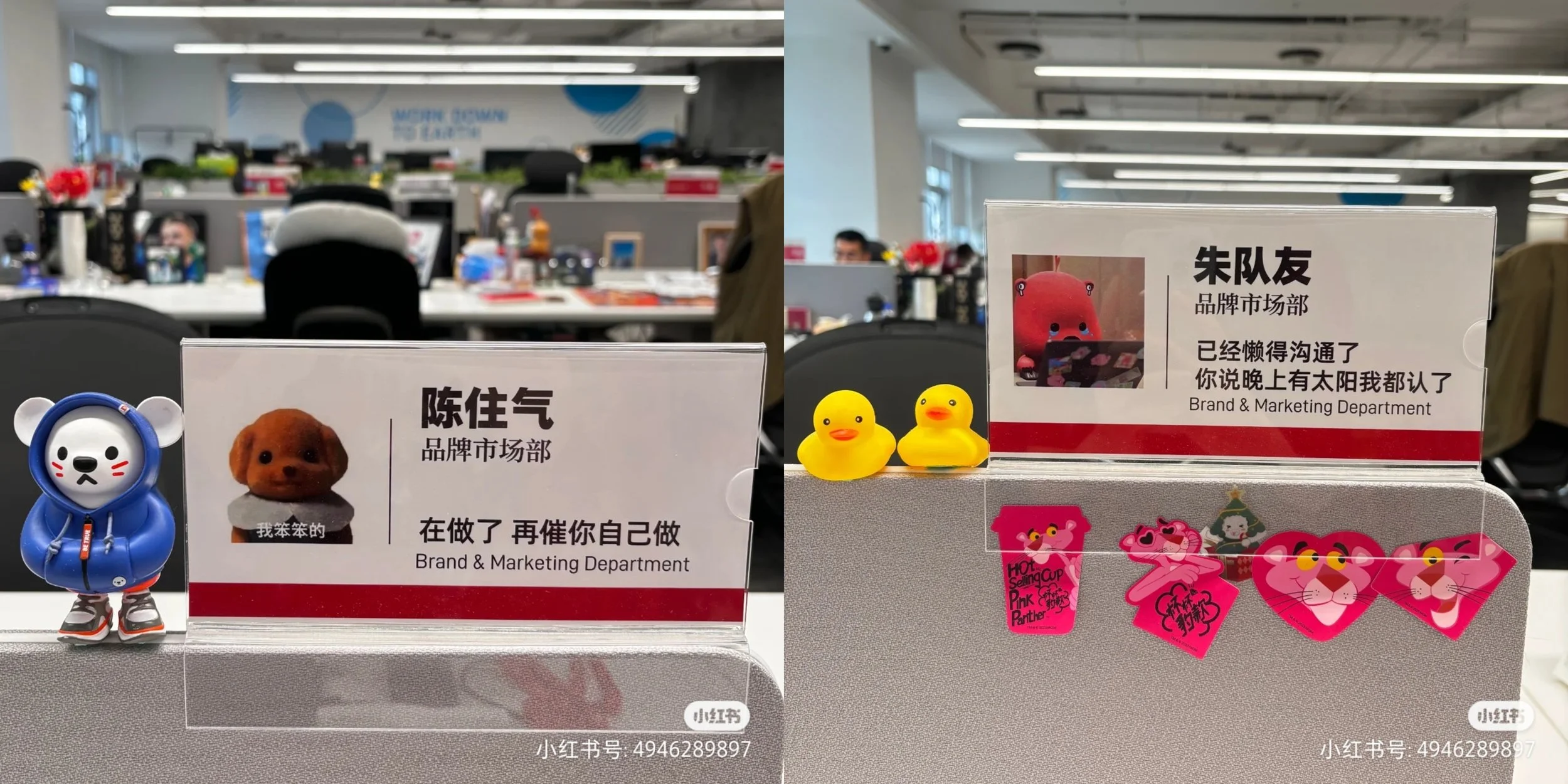The Nokia 3210 is back! Mini phone targets millennials
This month, Nokia released a newly designed 3210 4G version to celebrate the 25th anniversary of the original 3210 phone. While the replica retains much of the original's design, it offers more colour choices and incorporates new features like 4G connectivity and QR code payment to appeal to Chinese consumers. Despite its unassuming appearance, the Nokia 3210 4G caused a sensation online, selling out during live sales broadcasts.

The classic Nokia 3210 phone, initially launched in 1999


The Nokia 3210 has been reintroduced with a fusion of its iconic and fresh colour schemes. Unboxing images are from RED
The "battleground" where this retro phone has sparked discussion is on RED, where numerous posts recommending the product have emerged. There are a few reasons behind its popularity:
1. Retro design: In today's era where smartphone performance is overflowing, this model, which has a 25-year history, is now available in new colors and new functions. It coincides with the trend in recent years where millennials have made everything related to retro, including clothing, music, and electronic products, into a fashion statement.

Fans on RED share the retro appearance of products and the operational interfaces of software. Images are from RED.
2. Old-skool cameras: The phone launched a slogan of "Replacing CCD Cameras." On RED, consumers are discussing its photography features extensively. In an age dominated by high-megapixel cameras, some youths aspire to capture retro-style photos with lower resolution using CCD sensors from the previous century.

The ability to take retro-style photos is the biggest selling point of this phone, attracting young people. Even though the price of ¥379 ($52.50) is slightly expensive, it still offers good value for money for fashion-conscious young people. Images are from RED.
Of course, this phone's drawbacks are quite apparent. Apart from its eye-catching design, its lack of support for the WeChat app, extremely low battery capacity, and a mere 2.4-inch mini screen may see interest wane. Many users have expressed returning to iPhone after losing the novelty. However this may hold some appeal:
3. Although most comments on social media cover its retro style and photography, we believe its simplicity holds appeal with some Chinese consumers as they opt for a simpler life with less distractions, bells and whistles on their phones - not that this is something Nokia has promoted in its marketing.

The key words used in the product promotion on Taobao are mainly "millennials," "student groups," and "retro styling." Images are from Tmall
It's worth mentioning that the Nokia 220 phone ranked first on the JD 2023 hot mini-phone sales chart with a total sales volume of ¥250 million ($35 million). Does this, once again, indicate that in today's highly saturated smartphone market, mini phones still have a place?

In 2023, the Nokia 220, priced at ¥297 ($41), topped the JD Mini Phone Rankings with a total sales volume of ¥250 million ($35m). The image is from JD
Elderly influencers provide a counter-narrative to China’s intense work culture, proving that seniors can live life on their own terms, which is proving endearing to young Chinese consumers often labelled as “fragile youth”
Xianyu has evolved from a second-hand marketplace into a hub for youth culture, side hustles, and digital innovation, offering valuable insights for foreign brands in China
A concise summary of last month's key marketing developments in China, highlighting valuable insights and their implications for brands.
After spreading over social media, China’s youth have demonstrated their need for community and adventure en masse causing a stir on their 50km group ride
China Skinny’s review of key marketing trends and lessons we observed over the month of October 2024.
China is experiencing a shift—or even a dilemma—in its bricks-and-mortar retail landscape. While high-end malls are seeing declines, non-standard commercial spaces are on the rise. Among these, Beijing’s THE BOX Youth Energy Center is redefining the offline retail experience by tapping into the spending power of the younger generation.
Chinese youth embody a rich tapestry of lifestyles and values that defy easy categorization. In a social media world saturated with flashy façades and overly curated personas, many still celebrate authenticity and self-discovery. This creates opportunities for brands to craft fresh, compelling stories that resonate with their desire for genuine connection.
As new generations redefine what weddings look like, brands are seizing the moment to connect with young couples seeking authenticity and personalization.
Scripture copying, once a niche activity, is now a rising wellness trend among young people. It is becoming part of the growing "temple economy," expanding from temples to teahouses and beyond.
Traditional collectibles have become a form of social currency among young people. From spiritual comfort to stylish accessories, livestreams and e-commerce have made these pieces more accessible. And people watch appraisal livestreams for whacky collectibles as an entertainment.
Jellycat CAFÉ has taken Shanghai by storm with its limited-time pop-up. Exclusive plush toys and immersive packaging performances highlight Jellycat's unique blend of emotional value and playful creativity.
A wave of viral videos in China are flipping the script on traditional Chinese-style parenting. Filmed from a child's perspective, these clips turn guilt-inducing phrases back on parents, pushing them to reflect on their parenting approach.
Ye, the artist formerly known as Kanye West, returned to Haikou, China, after 16 years, with fans endeared by Ye's fashion as much as his music. The whole city got behind the concert, ensuring fans had an all-encompassing Ye experience during their visit to the tropical island.
Founded in 2019, Tiaohai Village (跳海酒馆) is a community-driven pub brand. Despite having around 30 locations nationwide, it's said to have achieved over ¥100 million ($14m) in revenue in 2023, together with over 200 highly active online alcohol communities. Check it out to learn about what sets Tiaohai apart from other pubs and how it truly connects with Chinese young people emotionally.
Snacks are getting supersized and catching attention on social media for their social appeal. With giant snacks, brands also enjoy greater exposure as well.
As mental health issues such as work stress, unemployment and poverty continue to come to the fore, more and more young Chinese are pursuing emotional healing.
‘Crazy ID Badges’ among post-00s white collars have become a trending topic on Xiaohongshu. Many FMCG brands have jumped on it to winning favour from the young consumers.
Chinese consumers generally prefer smaller formats, but this summer is seeing a slew of giant gulps for everything from watermelon juice to ice coffee, meeting consumers needs for different occasions
This spring and summer, wearing bandana head scarves for outdoor trips has become popular, making them a must-have fashion item for 'dopamine girls.'
Chinese youth have embraced Jellycats, stones, even mango seeds as another kind of ‘pets.‘ These alternatives provide emotional value without the time-consuming and attentive pet-caring routines.
Although wedding numbers in China are tanking, and singles are growing, segments of China’s romantic youth are spending large to find love
Today, Chinese youth are enthusiastically exploring local museums. Brands are tapping into this trend by launching museum IP collabs. Check out the interesting McDonald’s case...
Chinese fresh food O2O platform Dingdong Maicai has become a cyber ‘flower, bird and fish market’ in addition to offering regular fresh food to expand business scope and attract young customers. You can find many ‘whacky‘ things there…
Chinese youth are embracing pun culture in the workplace. From growing 'bananas green' to cheery tomatoes, they enjoy these humorously punned fruit and vegetables for better mental health.
25 years after its original release, Nokia’s 3210 is again making waves with trendy youth in China
Once the realm of elderly and middle aged, group tours are making a comeback with China's youth, and with good reason
Young Chinese tourists are developing distinct travelling traits as the post-Covid rush ends and they find their travel groove
The way many young Chinese view a park has changed this year, and parks and corporations like Hilton are tapping into the trend
A popular new option for Shanghai revellers looking for a relaxed place to drink after work are home bars, although the scene is slowly starting to evolve
Children’s meals are becoming increasing popular with China’s young adults, and it’s not just because of the lower prices





























